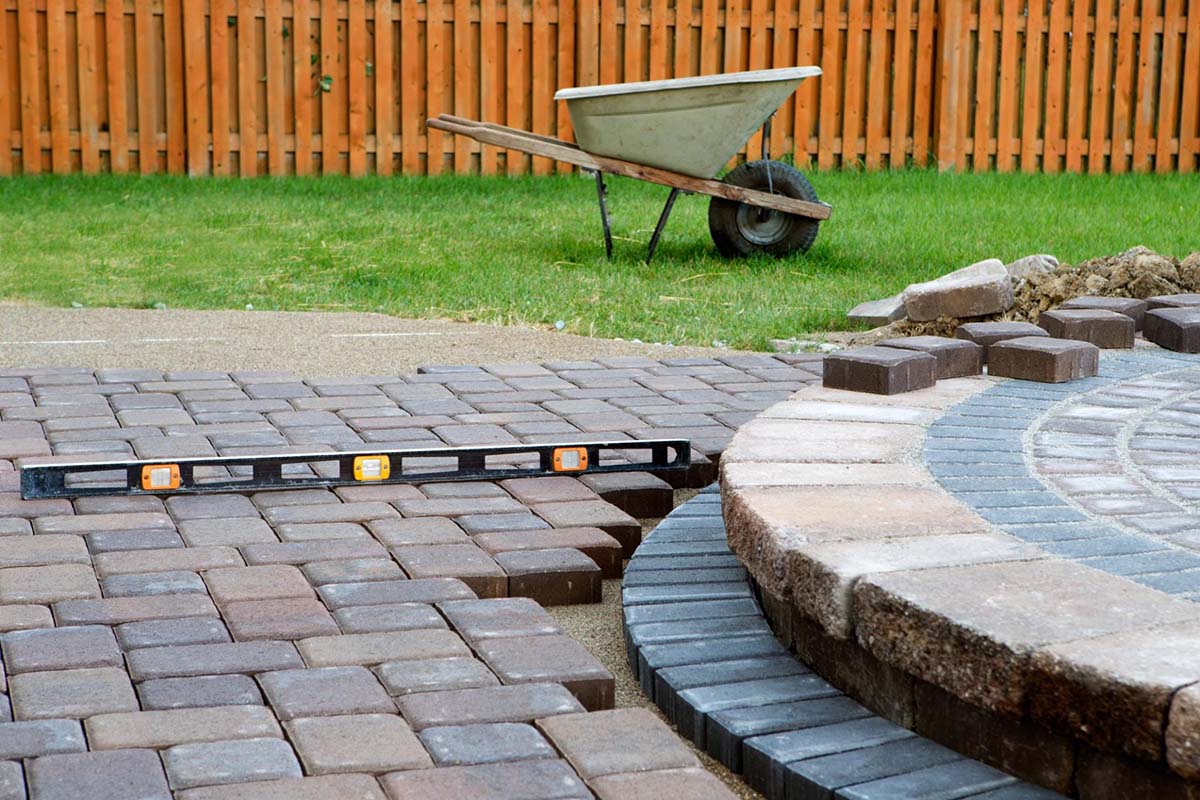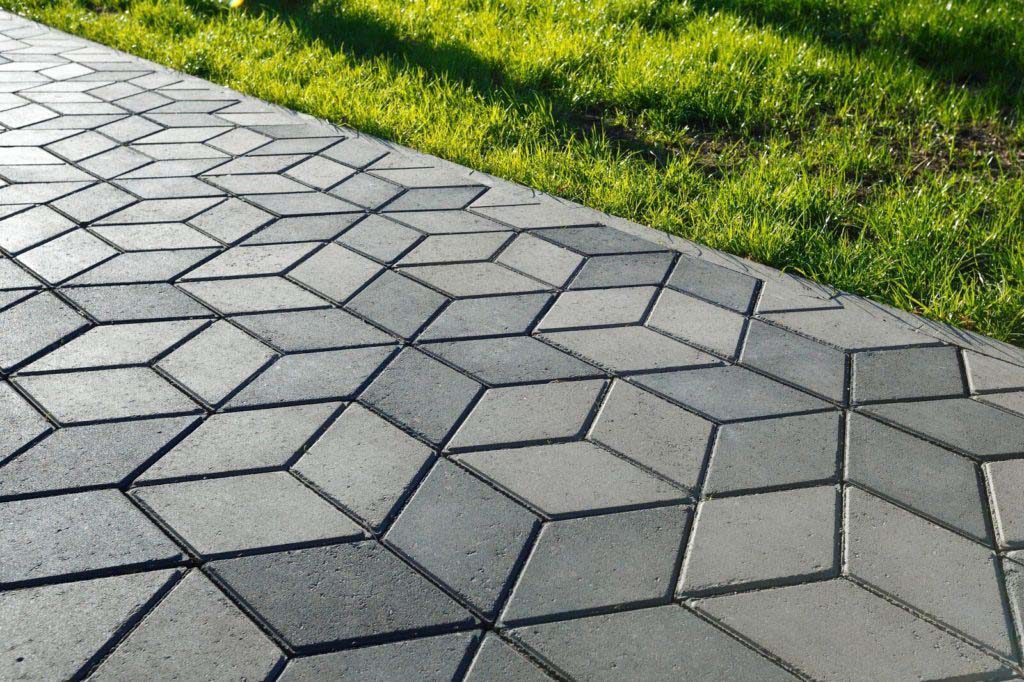When it comes to backyard retreats, the pathway to paradise is quite literally paved with good intentions! Outdoor pavers have evolved far beyond their humble beginnings as mere materials to place down over the ground for people to walk upon.
Today’s designs have moved into new areas of style and design, blending functionality with eye-catching flair. This could be in the form of a garden woven together by patterns of geometric pavers, with their crisp lines creating a mesmerizing interplay of light and shadow. Or possibly even take things back to the past by creating a circular mosaic with different colors and textures that draw your eye as a genuine artistic feature.
This post will take a walk down the various designs you can utilize with pavers to create something utterly unique that perfectly matches your garden‘s character.

Why Pavers?
Pavers offer a versatile and, most importantly, durable solution for transforming an outdoor space. Unlike poured concrete, pavers come in modular units that can be arranged in endless patterns and designs. This flexibility allows you to create visually striking pathways with hardy pavers, where you can pluck the design from your head and put it down into reality.
Pavers are available in a wide range of materials, and each option brings various distinct textures, colors, and characters to your landscaping. Concrete pavers, for example, can mimic the look of quarried stone while providing a more cost-effective alternative. Beyond the way they look, they are also a highly practical choice. Their modular nature allows for easy replacement of individual damaged units without requiring a complete overhaul.
Many paver systems utilize permeable designs that help reduce runoff and allow water to drain naturally into the soil. For those seeking a more low-maintenance solution, certain materials like brick require very little upkeep compared with other surfaces, particularly that of wood.
Consider Eco-Friendly Paver Options
Eco-friendly pavers are becoming increasingly popular as folks tend to move towards sustainability. Permeable pavers are designed with interlocking patterns and spaces that allow water to seep through, reducing runoff and promoting natural drainage. This helps to replenish groundwater supplies which is always a good thing.
Recycled pavers, made from materials like rubber and plastic, offer a sustainable alternative to traditional concrete or stone. They divert waste from landfills while providing a durable, low-maintenance paving solution.

Play With Geometric Shapes And Sizes
Breaking free from traditional rectangular pavers opens up a world of creative possibilities. Incorporating geometric shapes and varied sizes into your paver design adds visual interest and a touch of artistic flair to outdoor spaces. Large square or circular pavers can serve as striking focal points, anchoring a patio or courtyard.
Surrounding these oversized units with smaller pavers in complementary shapes creates a captivating radial pattern. Hexagonal and triangular pavers are also growing in popularity, allowing for curved pathways and organic shapes that soften hardscapes. These unconventional geometrics pair beautifully with natural stone materials for a modern yet organic aesthetic.
Don’t be afraid to get playful with shapes and sizes. Combining pavers of different dimensions adds texture and movement, transforming ordinary walkways and patios into engaging outdoor art installations. With some creative paver arrangements, you can craft a truly distinctive outdoor living space.
Mix And Match Paver Materials
Perhaps one of the most exciting trends in paver design is the art of mixing materials. Rather than sticking to a single paver type, as has been the case for years, designers and homeowners are getting creative by combining different textures and shapes to craft truly unique patterns.
Blending natural stone with concrete units allows you to create something genuinely exceptional. The contrast between the organic appearance of stone and the clean lines of manufactured pavers adds depth and character that is hard to accomplish using a single style. For a more modern aesthetic, combine sleek concrete pavers with accents of decorative tile or metal. These materials introduce pops of color and reflective surfaces that catch the eye.
The possibilities are endless when you start playing with paver combinations. By thinking outside the box and blending complementary materials, you can craft a truly customized hardscape design that mirrors the way you live.
Incorporate Plants And Greenery
Pavers and plants can work in perfect harmony to create beautiful, inviting outdoor spaces. For a lush, natural look, consider incorporating greenery between paver joints or within patterned cutouts. Drought-tolerant sedums and creeping thymes make excellent choices for filling these spaces. Raised planters constructed with decorative pavers also offer a stylish way to integrate potted plants and flowers into your design. Arrange these planted paver features to define different areas or create dynamic borders.
From eco-friendly permeable pavers to artistic geometric patterns, the world of paver design is vast and ever-evolving. As you reimagine your garden hideaway, don’t be afraid to think outside the box and embrace creativity.








